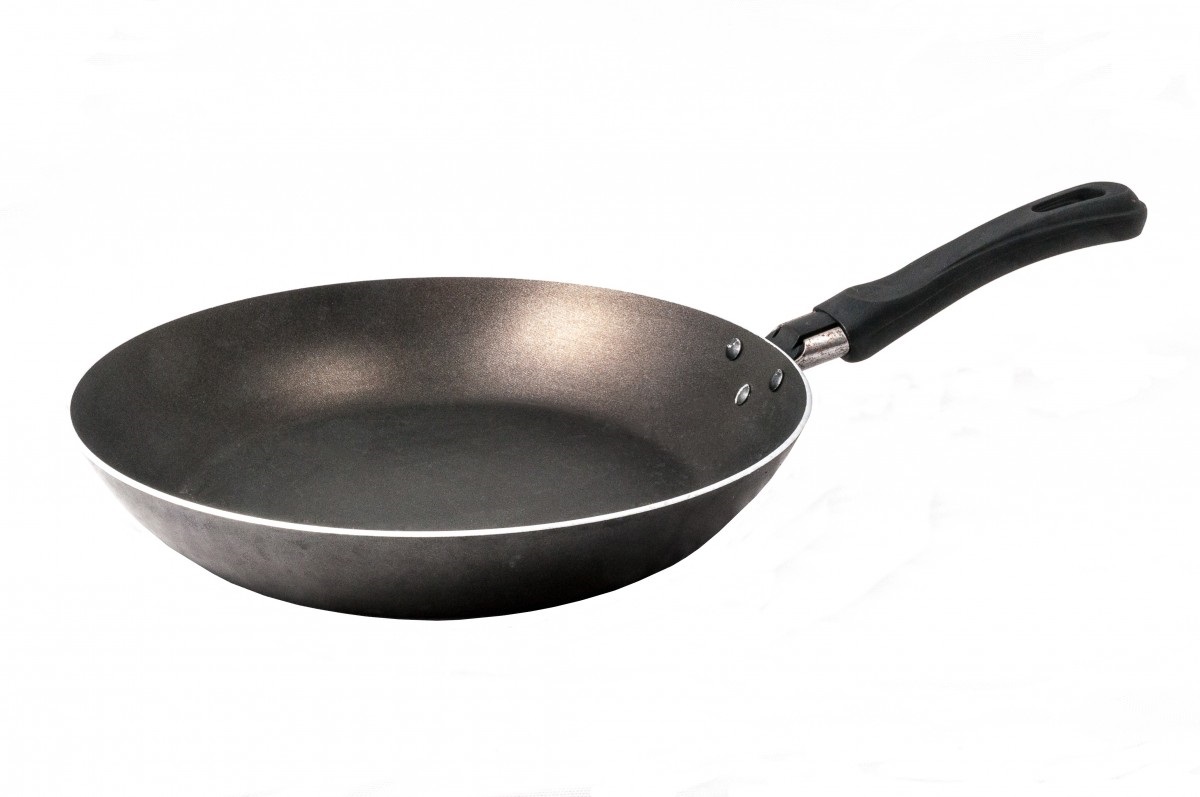As a novice cook or a seasoned chef, this simple yet effective cookware can elevate your culinary creations and simplify meal preparation. In this article, we’ll explore the various types of frying pans, their uses, and tips for maintaining them to ensure they last a lifetime.
Types of Frying Pans
Frying pans come in various materials, each offering unique benefits and suitable for different cooking methods:
- Non-Stick Frying Pans: These pans are coated with a non-stick surface, making them ideal for cooking delicate foods like eggs and pancakes.
- They require less oil, resulting in healthier meals. However, it’s essential to use utensils that won’t scratch the surface to maintain the non-stick quality.
- Stainless Steel Frying Pans: Known for their durability and resistance to corrosion, stainless steel pans are excellent for browning meats and deglazing. They heat evenly and are dishwasher safe, but they may require more oil to prevent sticking.
- Cast Iron Frying Pans: Renowned for their heat retention and even cooking, cast iron skillets are perfect for searing meats and baking. They require seasoning to maintain their non-stick properties and should be hand-washed to prolong their lifespan.
- Copper Frying Pans: These pans heat up quickly and offer precise temperature control, making them a favorite among professional chefs.
Uses of Frying Pans
Frying pans are not limited to frying. Their versatility makes them suitable for various today food recipes cooking techniques, including:
- Searing: Perfect for locking in juices and creating a delicious crust on meats.
- Sautéing: Ideal for quickly cooking vegetables or proteins in a small amount of oil.
- Pan-frying: A method used to cook food in a moderate amount of oil, resulting in crispy textures.
- Baking: Many cast iron skillets can go from stovetop to oven, making them great for cornbreads or frittatas.
Tips for Maintaining Your Frying Pan
To ensure your frying pan remains a reliable kitchen companion, follow these simple maintenance tips:
- Avoid High Heat: High temperatures can warp certain frying pans and damage non-stick coatings.
- Use Appropriate Utensils: Depending on your frying pan’s material, use wooden, silicone, or plastic utensils to prevent scratches.
- Clean Properly: For non-stick pans, a soft sponge and mild detergent are sufficient. Cast iron pans should be cleaned with hot water and a stiff brush, avoiding soap.
- Season When Needed: Cast iron pans need regular seasoning to maintain their non-stick surface. A thin layer of vegetable oil should be applied and heated periodically.
The frying pan is undeniably a kitchen staple, providing endless possibilities for cooking today food recipes and creativity. By understanding the different types and their uses, as well as how to care for them, you can ensure your frying pan remains a reliable partner in the kitchen for years to come. Whether whipping up a quick breakfast or preparing a gourmet dinner, the frying pan is an indispensable tool that no cook should be without.
